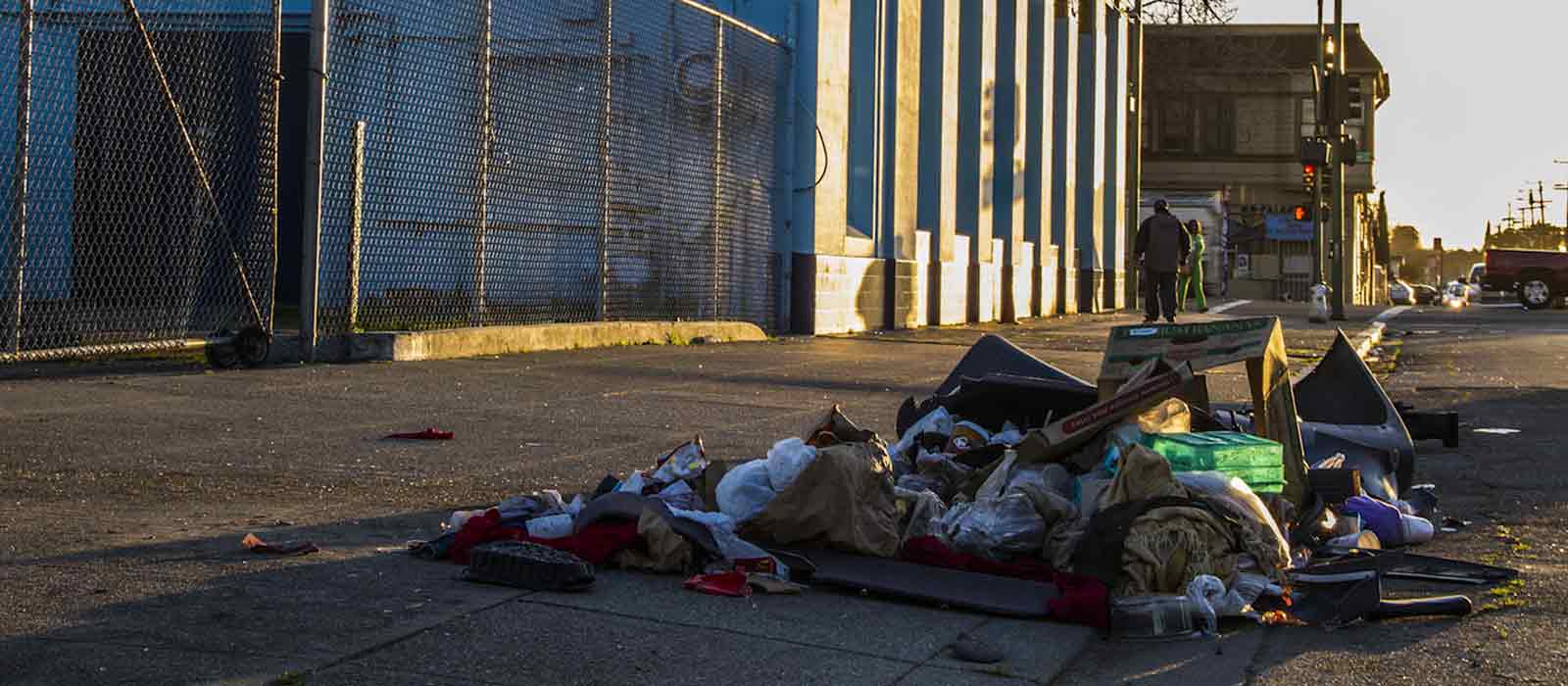“So…why’d you pick Berkeley?” my new friend asks, looking at me over the rims of his glasses. It’s a frequently asked question during Welcome Week, the favorite of awkward strangers-turned-conversationists in the dorms. Walking down Telegraph Avenue, I think about the answer as I take in the melange of people and activities around me.
There’s the worn-down “FREE PIERCING” sign propped up on a table of cheap-looking metallic accessories, watched over by a woman with hawkish eyes. Privilege and poverty are uneasy neighbors on these streets. Homeless men sleep curled up in fetid blankets in the shadow of my dormitory, where I live alongside kids who fly business class, leggy athletes who look like Abercrombie models, and scions of Indian industrialists alike.
When I was a senior in high school, I chose to come to Berkeley because it seemed like the kind of place that wouldn’t insulate me from the rest of the world. Compared to my other options, pastoral East Coast liberal arts colleges with WASPy names and country club-esque campuses, Berkeley just felt real. Yet now that I’m a student here, I’ve realized that it’s very much possible to make college an insular experience even in the midst of a broad urban environment. Whereas other colleges might insulate themselves geographically, we insulate ourselves with our self-absorption. We Berkeley students need to consider our privilege a mandate to do more to contribute to our larger East Bay community. It’s too easy to relegate “privilege” to a purely academic or conversational term and treat it as a word to be trotted out when we need it on tests in Gender and Women’s Studies or debates with friends about cultural appropriation. These practices keep us solidly trapped within the Berkeley bubble and ignores real issues in the East Bay. Recognizing our privilege, especially in regards to local socioeconomic issues, provides a powerful catalyst to work toward rectifying the issue.
It’s easy to make Berkeley an insular place because we know self-absorption by another name: competitiveness. Whether studying for midterms, rushing exclusive professional fraternities, or applying to undergraduate research, competition with 25,950 other undergraduates frequently distracts us from the world of problems that lies outside Sather Gate. Three main issues — homelessness, inequitable access to healthy food, and gentrification — particularly afflict our local community. Students can do more to address these issues by volunteering with organizations (e.g., the Berkeley Food and Housing Project), reading local news and opinion pieces about issues like gentrification in the Bay Area, and supporting elected officials who seek to rectify pressing local problems.
The alternative is ignorance and apathy, something we’ve practiced well; within the city of Berkeley, we walk past homelessness everyday: “According to a 2009 count, 680 people in Berkeley were homeless at the time, with 41 percent severely mentally ill, 40 percent chronic substance abusers and 20 percent military service veterans” (Daily Cal).
In neighboring West Oakland, longstanding issues of poverty and gang violence have contributed to a “food desert,” a geographic area lacking access to affordable and nutritious foods. Although it’s tempting to claim that our ramen-filled dorms and apartments are veritable food deserts too, in actuality, we have a multitude of spacious stores with healthy options within walking distance. West Oakland stands in stark contrast; there, high rates of poverty and unemployment mean that largely poor, minority populations are subjected to inequitable circumstances for getting food, contributing to high rates of obesity and disease. West Oakland, once known as the “Harlem of the West,” is now seeing an influx of new residents willing to pay higher prices for homes in the area. This gentrification is worrisome to long-term residents who may be driven from their homes due to higher real estate prices; it has also done nothing to help the food desert problem. Many Oakland residents are dubious about the possibility of new supermarkets. In an article in the Contra Costa Times, a West Oakland resident said, “The median income of that area does not support a supermarket—it supports a dollar store.” In West Oakland, the median household income is $27,971, barely above the poverty line for a 4-person family ($24,250).
Gentrification, food deserts, and homelessness are issues around the Bay Area. As easy as it is to ignore issues outside campus, what happens around the East Bay affects us, too. Gang violence and crime in Oakland can have ramifications for safety in Berkeley too. But more importantly, we have an ethical responsibility to care about our neighbors. We are only paying lip service to the ideas of reducing income inequality or promoting public health that we learn about in our classes if we choose to sit in our rooms and ignore the reality of what is happening in the community right next to us. Our education should provide us with the ability to understand East Bay social justice and public health issues, like the food desert in West Oakland; only through developing awareness can we pop the tenacious “Berkeley bubble.”
Featured image source: The Pulse of Oakland





